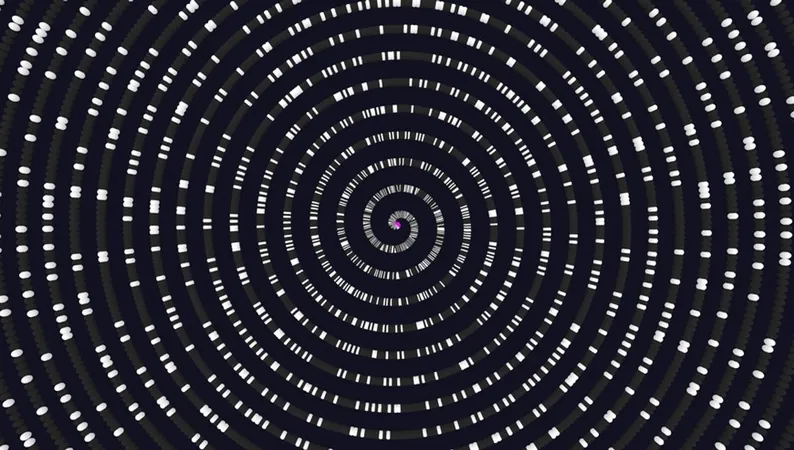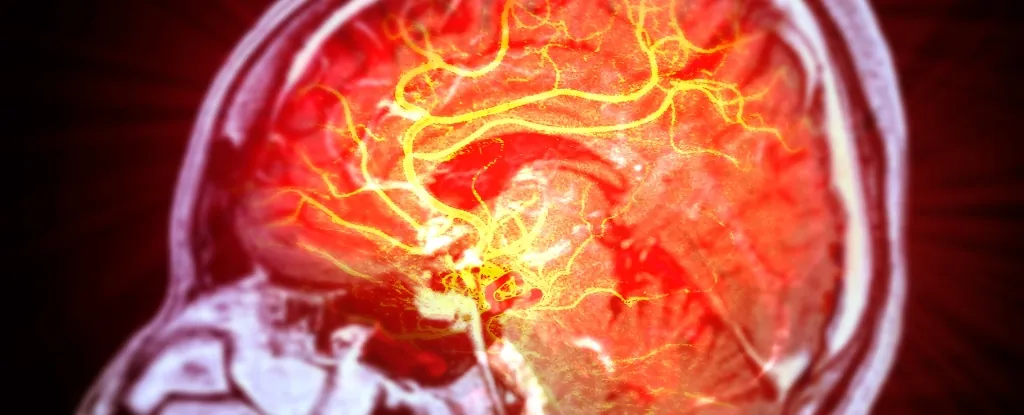
Emerging Order in the Wild World of Prime Numbers: A Mathematical Breakthrough
2025-06-21
Author: Liam
Unlocking the Secret Life of Primes
For over two millennia, prime numbers—the enigmatic digits that can only be divided by one and themselves—have been the Holy Grail in the field of mathematics. They pop up sporadically along the number line and resist any attempt at pattern recognition, frustrating scholars and mathematicians alike.
A New Dawn in Prime Discovery
However, groundbreaking research from a trio of mathematicians has unearthed an unexpected order among these elusive numbers. Ken Ono, a renowned mathematician from the University of Virginia, announced that their recent findings interconnect two foundational areas of mathematics: prime numbers and integer partitions.
"This discovery provides infinite new methods for identifying primes without resorting to traditional divisibility checks, which have long been a stumbling block in the quest to understand these numbers," Ono noted in his recent statement.
Why Primes Matter
Prime numbers are deceptively simple yet profoundly important. Initially, they may seem like a mathematical curiosity, mere footnotes in the study of division and factorization. But these numbers are the very building blocks of every other integer, much like atoms in chemistry.
Their significance is amplified in the digital age; for instance, prime numbers form the backbone of the RSA encryption system that secures online transactions, such as credit card payments. Their complexity complicates the hunting process, making breakthroughs even more remarkable.
The Power of Integer Partitions
Ono and his team's remarkable insight came by delving into integer partitions, a concept that involves breaking down whole numbers into sums of smaller integers. This seemingly simple idea turns out to have deep mathematical implications, particularly in relation to Diophantine equations, which require rational solutions.
In a surprising twist, Ono's research reveals that prime numbers can be identified through countless variations of these integer partitions. Essentially, partitions act as a new lens for detecting primes.
An Astonishing Connection
The astonishing link between primes and partitions highlights an unexpected relationship between two previously distinct mathematical realms. Kathrin Bringmann, a mathematician at the University of Cologne, remarked on the groundbreaking nature of the study: "It's astonishing that such a classical concept can now be utilized in such an innovative manner to unveil primes."
According to Ono, the entire breakthrough stemmed from a student’s question and didn’t even require new math. Remarkably, this research could have emerged decades ago, demonstrating that the foundations for such discoveries have long been established.
Endless Possibilities Ahead
With this newfound perspective on prime numbers, the broader mathematical landscape opens up to exciting possibilities. While solving age-old problems like Goldbach's conjecture might still be a challenge, this research indicates that it could light the way toward new solutions across various mathematical fields.
Despite the potential for upheaval, there’s no immediate threat to online security. Ono reassures us that while this connection is significant, the fundamental role of prime numbers in cryptography remains intact.
As we surge deeper into the realm of quantum computing, understanding primes will be crucial. The shift to efficient quantum computing could drastically alter how these numbers are utilized in cryptographic systems, an evolution that the mathematical community is already preparing for.









 Brasil (PT)
Brasil (PT)
 Canada (EN)
Canada (EN)
 Chile (ES)
Chile (ES)
 Česko (CS)
Česko (CS)
 대한민국 (KO)
대한민국 (KO)
 España (ES)
España (ES)
 France (FR)
France (FR)
 Hong Kong (EN)
Hong Kong (EN)
 Italia (IT)
Italia (IT)
 日本 (JA)
日本 (JA)
 Magyarország (HU)
Magyarország (HU)
 Norge (NO)
Norge (NO)
 Polska (PL)
Polska (PL)
 Schweiz (DE)
Schweiz (DE)
 Singapore (EN)
Singapore (EN)
 Sverige (SV)
Sverige (SV)
 Suomi (FI)
Suomi (FI)
 Türkiye (TR)
Türkiye (TR)
 الإمارات العربية المتحدة (AR)
الإمارات العربية المتحدة (AR)